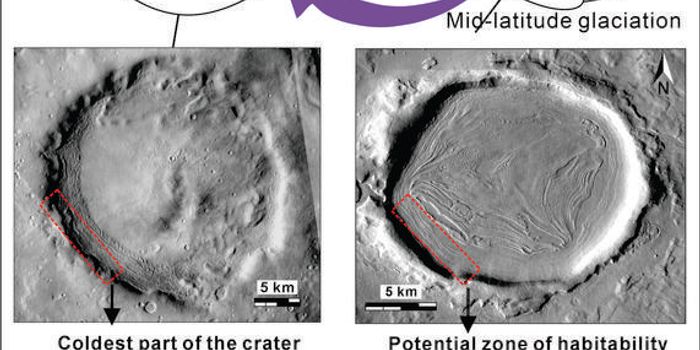2022 Nobel Prize in Chemistry
It’s that time of year again!
Three scientists, Carolyn R. Bertozzi, Morten Meldal, and K. Barry Sharpless, were awarded the Nobel Prize in Chemistry for their work in the fields of click and bioorthogonal chemistry.
Sharpless, a chemistry professor at Scripps Research in La Jolla, California, became the fifth person to receive two Nobel prizes. His work in 2001 pioneering click chemistry earned him his first Nobel Prize in Chemistry. Other notable two-time winners include Marie Curie and Frederick Sanger.
Meldal is based at the University of Copenhagen in Denmark. While Meldal and Sharpless led the field of click chemistry, Stanford University’s Bertozzi—the only female scientist to receive a Nobel this awards season—is the one who pioneered its use in living organisms.
Click chemistry has been compared to Legos in how the molecules snap together. Meldal and Sharpless discovered what the Royal Swedish Academy of Sciences called the “crown jewel of click chemistry,” the copper catalyzed azide-alkyne cycloaddition. This reaction allows chemists to link two molecules together by adding an azide to one and an alkyne to another. The reaction has been used to develop pharmaceuticals and map DNA.
Bertozzi used click chemistry to map glycans on the cells' surface without damaging the cell's integrity. Her work is now being used in targeted cancer treatments.
Sources: Nobel Prize, CNN








